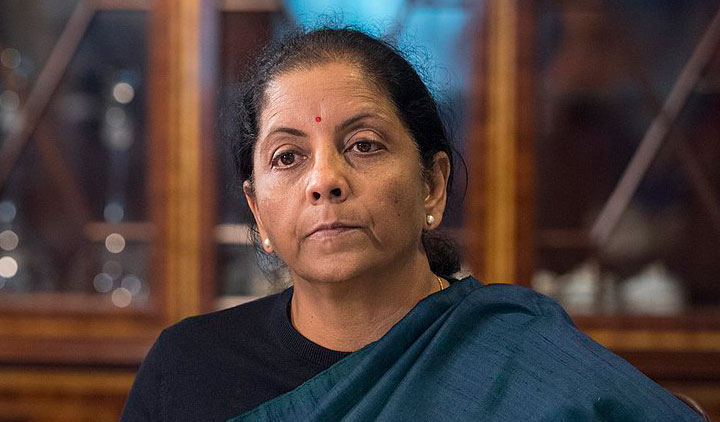Public expectation towards Union Budget 2020-21 has been extraordinary, especially at a time the Indian economy is performing below its true potential. This is reflected in the fiscal deficit target pegged at 3.8 per cent for FY20 and 3.5 per cent for FY21.
The finance minister has tried her best to present a balanced budget despite a lot of constraints and challenges, both local and global. To drive consumption, she has tried to leave more income in the hands of middle class tax payers, especially the ones who were not able to get all the tax benefits.
To promote affordable housing, the finance minister has extended the Rs 1.5 lakh benefit on interest paid on affordable housing loans by a year to March 2021. Also, the tax holiday under Section 80IBA of the Income Tax Act for developers of affordable housing has been extended by a year. This is a step in the right direction to encourage developers of affordable housing projects and it will facilitate in providing support to the Government’s initiative of “Housing for All by 2022”.
As far as the funding constraint for the real estate sector is concerned, the finance minister spoke about enhancing the partial credit guarantee scheme for NBFCs, which is a good move but the ailing real estate sector needs much more. The sector requires a huge push like a one-time restructuring of loans.
The finance minister has proposed tax relief for buyers and sellers of property by allowing it to be valued at up to 10 per cent below circle rates for calculation of stamp duty and capital gains tax. Earlier this was 5 per cent. This has the potential to remove the irritant in secondary market transactions.
The listing of LIC is a good move which will bring focus on the life insurance sector. The insurance industry will also be watchful of the implication of the direct tax changes in the new tax regime.
The budget has focused on the generation of employment and inclusive growth through increased expenditure on the rural economy and MSME.
In a boost to education sector, the finance minister has allocated Rs 99,300 crore and another Rs 3,000 crore will be spent on skill development in 2020-21. Also the push for FDI in education will help to make India an international education hub.
The finance minister has been more realistic by assuming nominal GDP growth of 10 per cent for FY 21.
In a normal scenario, this budget would have been considered as good as it provided tax benefits to the common man and focused on farmers’ incomes.
'Focus on aviation, infrastructure, logistics, health, data centre park, renewable energy sectors and domestic manufacturing of network products should support the government to achieve expected GDP of 6.5% in FY 21,'
Renu Sud Karnad, Managing Director, HDFC Ltd










